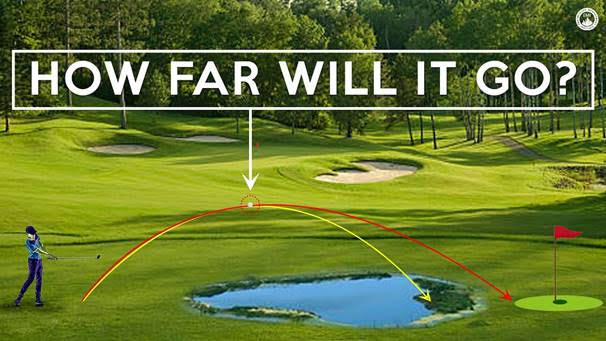
The R&A and USGA will update the testing conditions used for golf ball conformance under the Overall Distance Standard (ODS), which will take effect from January 2028. The decision aims to reduce the impact increased hitting distances have on golf’s long-term sustainability while minimizing the impact on the recreational game.
The revised ball testing conditions will be as follows: 125-mph clubhead speed (equivalent to 183 mph ball speed); spin rate of 2220 rpm and launch angle of 11 degrees. The current conditions, which were established 20 years ago, are set at 120 mph (equivalent to 176 mph ball speed), 2520 rpm with a 10-degree launch angle.

Expand the testing approach to better detect ‘Driver Creep,’ which can result in drivers exceeding the limits set out in the Equipment Rules. This is a change in the testing methodology for submitted drivers, to identify and proactively address driver models that are within current tolerance levels and have Characteristic Time (CT) values that are more likely to exceed the limit through regular use.
Continue to monitor drivers and explore possible additional options related to distance. Specifically, we will research the forgiveness of drivers and how they perform with off-centre hits. This is an ongoing review and we will seek input from and continue to work with the industry, including manufacturers, to identify driver design features that can be regulated as a means to reward centre impact position hits versus mis-hits.
The R&A and the USGA are guided by an overarching principle to continue to preserve the fundamental elements of golf – protecting the integrity of golf courses, including their overall length, and ensuring that a variety of skills are needed to be successful.
Longer golf courses require additional resources such as water, the cost of renovating or moving elements like tees and bunkers continues to rise and other long-term impacts have been identified as a result of increased distance. The governing bodies believe that if the sport is to enjoy a sustainable long-term future then these economic and environmental impacts have to be kept under control.
The Overall Distance Standard was first introduced in 1976 and has been updated on three previous occasions (1980, 2002 and 2004). This is the first time that test speeds have been updated since 2004, when the current standard was set based on the longest hitters at that time.
Details on the study and complete technical data on the Distance Insights project can be found at www.RandA.org/distance-insights.











